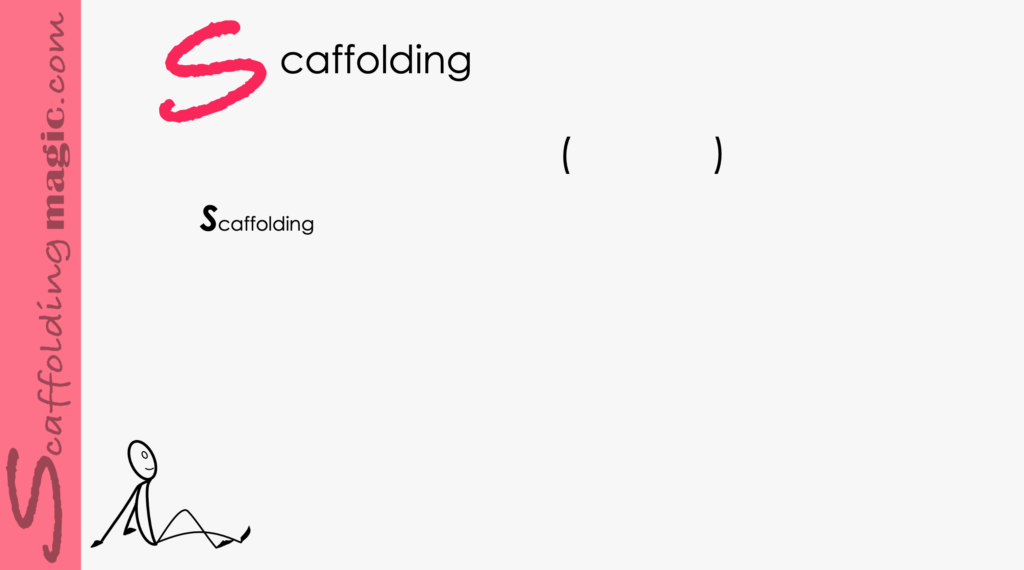You caught a beauty!!!
Download PDF of scaffold here.
The International Thank You Day – celebrated by many on January 11th, others on June 11th – is a wonderful opportunity to help our students to focus on gratitude. Including gratitude in the educational environments is proven to improve relationships both in and outside of the classroom. Stressing affective factors in our lessons aligns us Vygotsky’s assertion (1978) that our students are more likely to step outside their comfort zone (ZPD) when they feel that they are supported and nurtured.
The phrase ‘thank you’ is a powerful phrase and it’s important to expose our students to the cultural components of the word in different languages and societies, not only the literal translations. In some cultures, for instance, if we say it too often, we send the wrong message and can even frustrate the people we’re speaking to (Spain, for instance). In other cultures, if we don’t say it enough, we can offend people without meaning to (United States, United Kingdom, for instance).
This scaffold is based on Todd Parr’s wonderful book Thankful Book which gives students the opportunities to acknowledge non-materialistic elements in their own lives, and on the video ‘Thank You’.


Step By Step: CLIL INTERNATIONAL T HANK YOU DAY
- Show images of different things students can be thankful for – as many non-materialist options as possible. (See Todd Parr’s book for examples.)
- Help students to verbalise the words and associate them with the images.
- Give each student a piece of paper with the word THANKFUL on it and give each group an envelope full of the images you’ve already shown them.
- Students choose images they identify with and paste them on their pages. While they are working, encourage them to talk about what they’re doing with their classmates and verbalise the images. (Ex.: I am thankful for Autumn leaves. I’m pasting Autumn leaves on my piece of paper. Encourage them to speak in full sentences. Remember – if they can say full sentences in their home language, they can speak in full sentences in the classroom language.)
- Students take turns showing their pages to their classmates and as they verbalise their images, their classmates repeat what they say, changing the pronouns. (Student: I am thankful for the sun in the morning./Classmates: She is thankful for the sun in the morning.)
- Read Todd Parr’s book and/or show the video of the book (second option for video) to the students.
- Show the ‘Thank You’ video (optional).
See A Similar Lesson For University Students.
See A Similar Lesson For Primary Students.


Scaffoldingmagic.com is your entryway into DYNAMIC bilingual learning methodologies, such as Phenomenon-Based Learning, CLIL, EMI, and ESL. You’ll find ways to implement critical thinking tools (DOK) to promote higher level thinking, the growth mindset, instill an ethic of excellence, deep reflection on learning, and all through multi-cultural, interdisciplinary activities. We have the keys to turning competences into action and to creating collective efficacy in your school so you move ahead as a unified, enthusiastic team.



